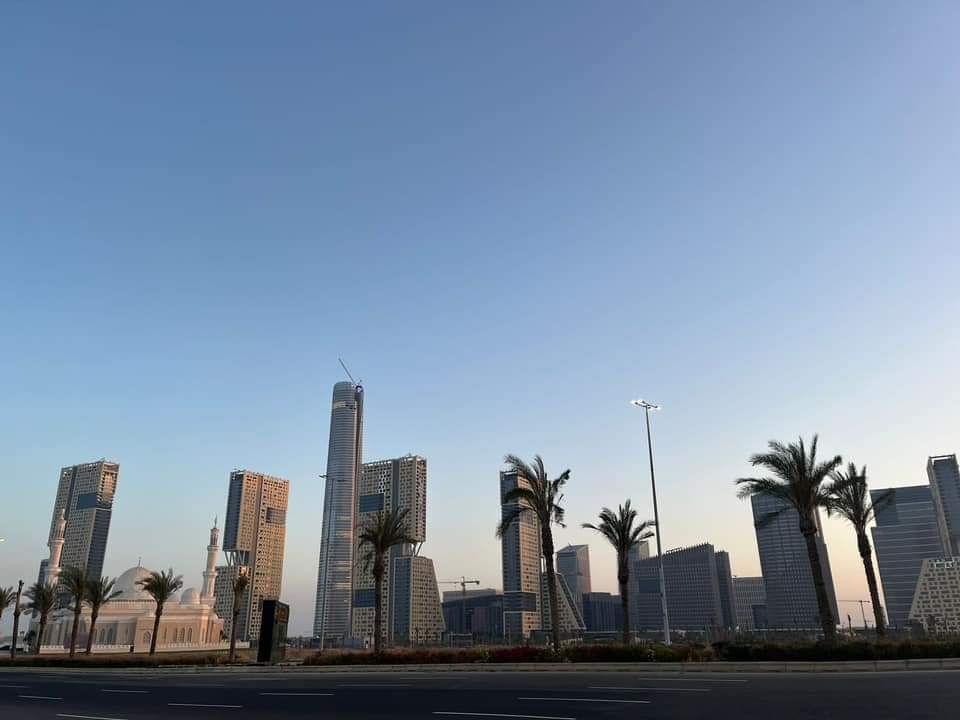Egypt’s ambitious New Administrative Capital (NAC) project, located 45 kilometers east of Cairo, is set for a significant expansion, with plans to double its size. This initiative, championed by President Abdel Fattah al-Sisi, aims to propel economic development and accommodate the nation’s burgeoning population, now at 105 million. However, critics argue that it exacerbates Egypt’s debt burden and misallocates resources.
Launched eight years ago, the NAC represents a major shift from the congested Cairo to a futuristic, high-tech city. The government envisions it as a haven for part of Egypt’s rapidly growing populace, which sees an annual increase of 1.6%. The city’s initial phase, already featuring a 70-story skyscraper—the tallest in Africa—, a sprawling opera house with five halls, and significant religious landmarks, has begun to see the arrival of government employees and residents.
Khaled Abbas, Chairman of the Administrative Capital for Urban Development (ACUD), reports nearly 48,000 employees commuting daily. The city boasts improved transport links, including a new electric train and an upcoming elevated monorail. With over 100,000 housing units completed, about 1,200 families have settled in the new capital. Additionally, major banks and businesses are scheduled to relocate their headquarters there by early 2024.
ACUD, jointly owned by the military and the housing ministry, has invested approximately 500 billion Egyptian pounds ($16 billion) in the first phase. The second phase is estimated to cost an additional 250-300 billion pounds. To alleviate financial strains, ACUD plans a stock exchange listing to raise substantial funds.
Despite its grandeur, the project’s environmental impact cannot be ignored. The “Green River,” a 10-kilometer-long landscaped park, and other developments will draw heavily on the Nile’s water resources. The city’s expansion also raises concerns about sustainable urban planning and resource allocation in a country grappling with economic challenges.












